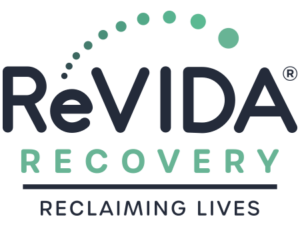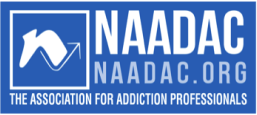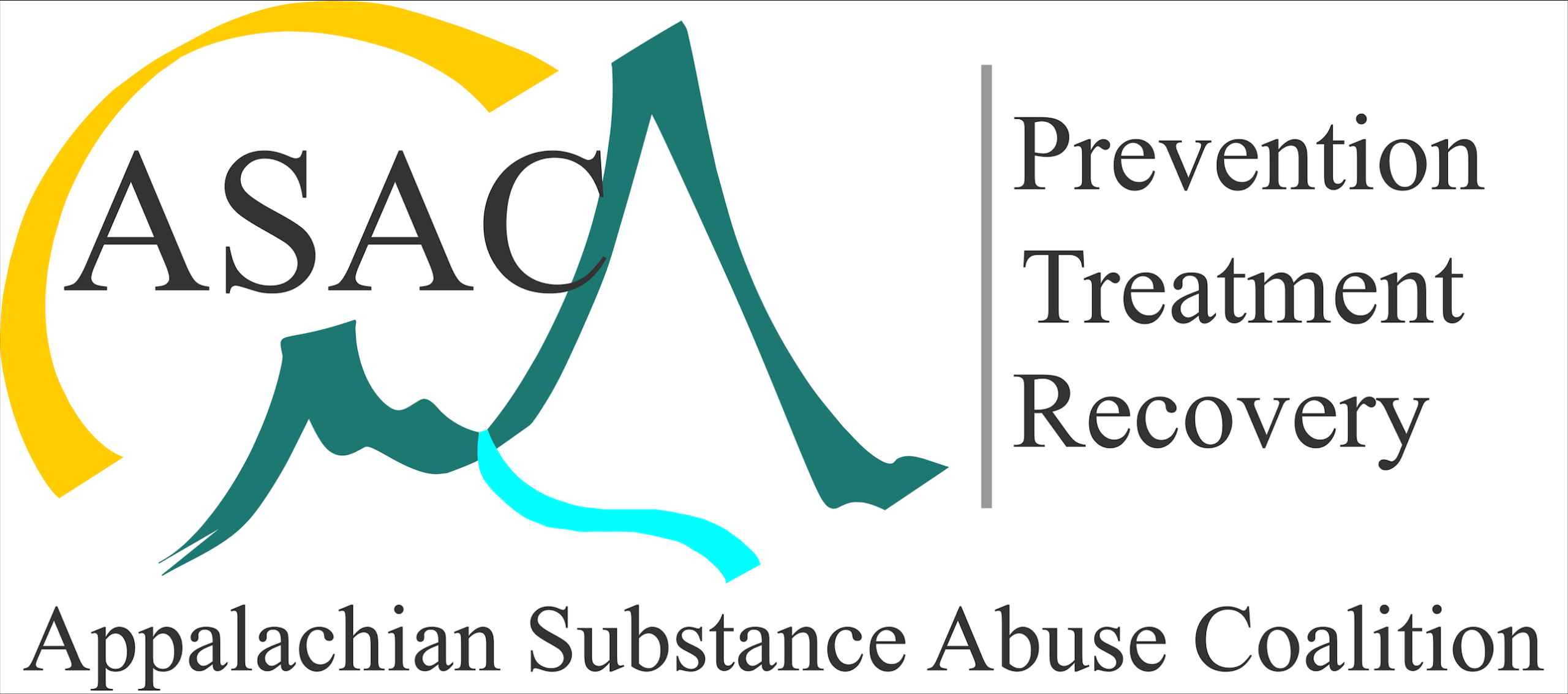
You know your daughter has been using heroin for years now. It all stemmed from her divorce after her heartbreaking miscarriage. You tried to be there for her, but you didn’t agree with her choice to use an illicit substance. So, you let her be, doing your best to call every now and then to see whose couch she was on this week and what she was up to.
Lately when you call, she seems more “out of it” than usual. Her speech is slurred, there are long gaps between sentences, and she seems to be taking more than just heroin. When you ask her what is going on, you hear her mention she has switched to fentanyl. Your heart sinks, you know that fentanyl is stronger than heroin. At least, you think so, but you are not sure. Are some opioids more dangerous than others? You love her deeply, but you’re unsure of how to help.
In 2022, Knox County had one of the highest reported overdose death rates at 532. Of those 77% were from fentanyl respectively. At ReVIDA® Recovery, we understand the concerns of parents, siblings, spouses, and families about opioids. Our program is flexible and allows those who need to work to be able to do so, while still receiving the treatment they need. Today, we are discussing which opioids are most dangerous, and what to look for in loved ones.

Table of Contents
Understanding the Severity of Opioids
Opioids have been around for years, and many do have beneficial pharmaceutical uses. However, due to the way they interact with the brain, they are notorious for leading to dependence. Pharmaceutically prescribed opioids have gone through an extensive process to become approved by the Food and Drug Administration (FDA). After approval, this means the medication is now regulated, and doctors, pharmacists, and other medical professionals have guidelines they must follow when prescribing the medication. Opioid dependency can still occur even when following a doctor’s orders, which is why it is necessary to voice any concerns you may have about taking the medication.
On the other hand, illicit opioids have no FDA requirements or regulations, and there is no guarantee of what is in the substance. While a dealer may say the substance is just heroin, there can be many other substances mixed into it. Some may not be as harmful, such as baby powder or flour, while others such as fentanyl are far more dangerous.
When more than one opioid is mixed, the brain and body become overwhelmed more easily. Even if you are used to taking a certain amount of heroin, if mixed with fentanyl or morphine, the risk of an overdose increases. Building an opioid tolerance also increases the risk of an overdose. As the body becomes used to opioids, it will require more to achieve the same effects. This can lead to taking too much at once, resulting in an overdose.
Heroin
Heroin is one of the most commonly known illicit, synthetic opioids. Signs of use include relaxation, drowsiness, nausea, and nodding. When heroin is injected, the risk of HIV/AIDS and hepatitis increases. While heroin itself is not necessarily as potent as other opioids, it can still cause an overdose. In recent years, heroin has been laced with other synthetic opioids and compounds, making it more dangerous.
Fentanyl
Fentanyl is one of the most dangerous opioids due to its potency. The potency of a substance refers to the amount needed to produce the defined effects. In the case of pharmaceutical fentanyl, there is a certain dose amount given over a certain time frame to relieve pain, typically in severe cancer patients. Illicit fentanyl has no specific dose, and when taken by those who have no tolerance to opioids, it can be lethal. It is 50 times more potent than heroin and 100 times more potent than morphine.
The danger behind fentanyl is that a little goes a long way. Even just adding as little as 2 mg of fentanyl to a substance can be potentially fatal. In 2021, fentanyl was involved in over 70,000 overdoses in the United States. This was due to the person not knowing they were taking fentanyl or that more was used than what was thought. Dealers use fentanyl because it is cheap and a way to stretch their products to make them last longer. But in the end, using fentanyl ends up being a costly mistake when the customer is no longer breathing.
Carfentanil
Carfentanil has been emerging in the illicit substance world and has been linked to many overdoses. It is a fentanyl analog and has a pharmaceutical use in veterinary medicine, used to tranquilize large animals such as elephants. Carfentanil is 100 times more potent than fentanyl, making it much stronger and much more dangerous. When responding to an overdose that involves carfentanil, Narcan® (naloxone) should be administered immediately. Due to its potency, it will most likely take multiple doses for the person to respond. Carfentanil has a similar look to powdered heroin or cocaine, and if an unknown powder is found by the person, never try to smell it to try to identify it. Seal the bag and give it to first responders when they arrive.
What Is Trending With New Opioids and Cutting Agents?
Nitazine is an emerging synthetic opioid that has been making headway since 2019. Some nitazine analogs are 2 to 40 times more potent than fentanyl, earning them the nickname “Frankenstein opioid.” Similar to heroin or fentanyl, nitazine causes a rush of euphoria, followed by lethargy and falling in and out of consciousness. Whether taken on its own or mixed with other opioids, nitazine poses just as much of an overdose risk as other synthetic opioids.
Xylazine is not an opioid itself, however, it has been making news recently for being mixed with other opioids. It is used as a sedative in livestock animals such as cattle and horses. In humans, it causes similar effects to sedation, and also causes the heart to beat too fast and then too slow. Not only does this increase the risk of a fatal overdose when paired with opioids, it also makes it more difficult to reverse the effects. Xylazine itself is not an opioid, and it will not respond to Narcan® (naloxone). Always seek medical attention if a substance was ingested that you were unaware of.

What to Do if Someone Overdoses on Opioids
If someone is experiencing an overdose, it is important to take action right away. First, call 911 and be honest if you know what substances were taken. Stay with the person and try to keep them awake. If they cannot stay upright, lay them on their side to encourage breathing and reduce the risk of choking. If available, administer Narcan® (naloxone), and understand it may take more than one dose for the effects to work. When help arrives, let them know what has been administered and what the person took.
In Tennessee, the Good Samaritan law prevents those in good faith who seek help for an overdose from being arrested. It also protects those in good faith who help in an overdose situation from being sued for potentially caused harm. There is no reason to not take action in an overdose situation, and help should be sought no matter what. It can help prevent permanent damage, and even life-threatening consequences.https://www.revidarecovery.com/news/signs-of-opioid-addiction/
Overcoming Opioid Use Disorder in Johnson City, TN
Opioids can have detrimental effects on families, relationships, and lives, but it is never too late to seek help. It can feel impossible to stop using now, but there are medications available to help with the detox process as well as long-term recovery. If you or someone you love is showing signs of opioid addiction, seeking help sooner rather than later can make all the difference in beginning your recovery.
At ReVIDA® Recovery, we understand the difficulties that come in early recovery. We are proud to offer medication-assisted treatment (MAT) because it is proven to help prevent return to use and overdose. With hard work, healing, and the right coping strategies, recovery is always possible. Call us today at 423-631-0432 to learn more about our outpatient program and MAT offerings.








